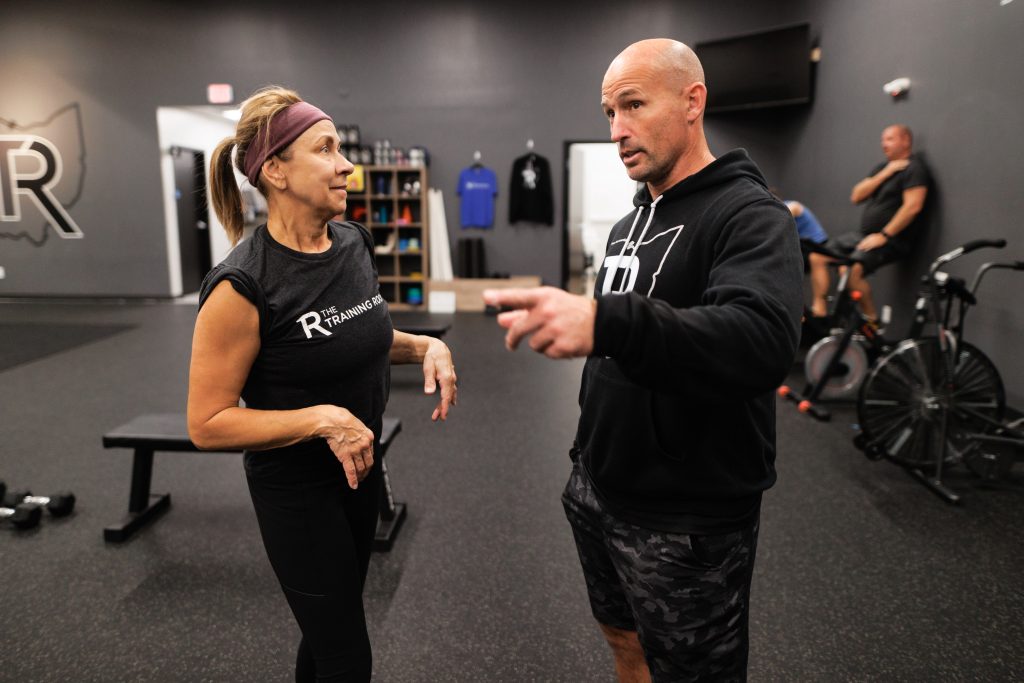Strength training is a crucial aspect of healthy aging. As we get older, our muscles naturally start to lose strength and mass. This can lead to a variety of health issues, such as difficulty with mobility, balance, and overall functionality. Fortunately, strength training is an effective way to combat these issues and promote healthy aging.
What is Strength Training?
Strength training is a type of exercise that involves working your muscles against some form of resistance, such as weights or resistance bands. The goal of strength training is to increase muscle strength, mass, and endurance.
Benefits of Strength Training for Aging Adults
Strength training has numerous benefits for aging adults, including:
- Improved Muscle Strength: As we age, we naturally lose muscle mass and strength. Strength training can help to slow down this process and even reverse it to some extent.
- Improved Bone Health: Strength training puts stress on your bones, which helps to maintain and improve bone density. This is especially important for aging adults who are at a higher risk of osteoporosis and other bone-related issues.
- Better Balance and Coordination: Strength training can help to improve your balance and coordination, which can reduce your risk of falls and other accidents.
- Increased Energy Levels: Strength training can help to increase your energy levels, which can improve your overall quality of life.
- Reduced Risk of Chronic Diseases: Strength training has been shown to reduce the risk of chronic diseases such as diabetes, heart disease, and even some forms of cancer.

Tips for Getting Started with Strength Training
If you’re new to strength training, it’s important to start slowly and gradually increase your workload over time. Here are some tips to help you get started:
- Consult with a Doctor: Before beginning any new exercise routine, it’s important to consult with your doctor to ensure that you’re healthy enough for exercise.
- Start with Bodyweight Exercises: If you’re new to strength training, start with bodyweight exercises such as push-ups, squats, and lunges. These exercises can help you build strength and endurance without the need for weights.
- Gradually Increase Your Workload: As you get stronger, gradually increase the amount of weight or resistance that you use in your workouts.
- Focus on Proper Form: Proper form is essential for preventing injuries and getting the most out of your workouts. Consider hiring a personal trainer or taking a strength training class to learn proper form.
- Don’t Overdo It: It’s important to listen to your body and avoid overdoing it. Give yourself plenty of rest and recovery time between workouts.
Conclusion
In conclusion, strength training is a vital aspect of healthy aging. It can help to improve muscle strength, bone health, balance, coordination, energy levels, and reduce the risk of chronic diseases. If you’re new to strength training, start slowly and gradually increase your workload over time. And always remember to consult with your doctor before beginning any new exercise routine.

Recent Comments